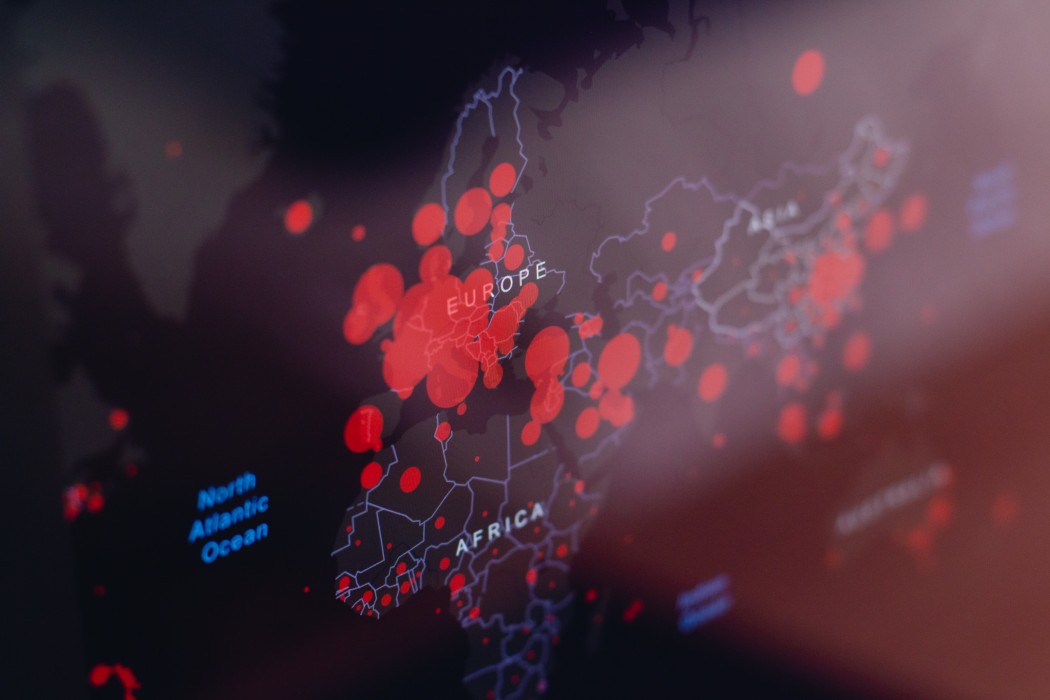Related


Remi Jedwab, Mark Koyama, Noel Johnson have have submitted a working paper to the SSRN repository, "Pandemics and Cities: Evidence from the Black Death and the Long-Run." It is GMU Working Paper in Economics No. 19-04.
Abstract
We ask what effects a high case fatality rate pandemic could have on city growth. The Black Death killed 40% of Europe’s population between 1347 and 1352. Using a novel dataset on Plague mortality at the city level, we explore the long-run impacts it had on city growth. On average, cities recovered their pre-Plague populations within two centuries. However, aggregate convergence masked heterogeneity in urban recovery. We show that both of these facts are consistent with populations returning to high-mortality locations endowed with more rural and urban fixed factors of production. Land suitability and natural and historical trade networks played a vital role in urban recovery. Our study thus highlights the role played by pandemics and physical and economic geography in determining the relative size of cities in poorer countries.
Please fill out the information below to receive our e-newsletter(s).
*Indicates required.